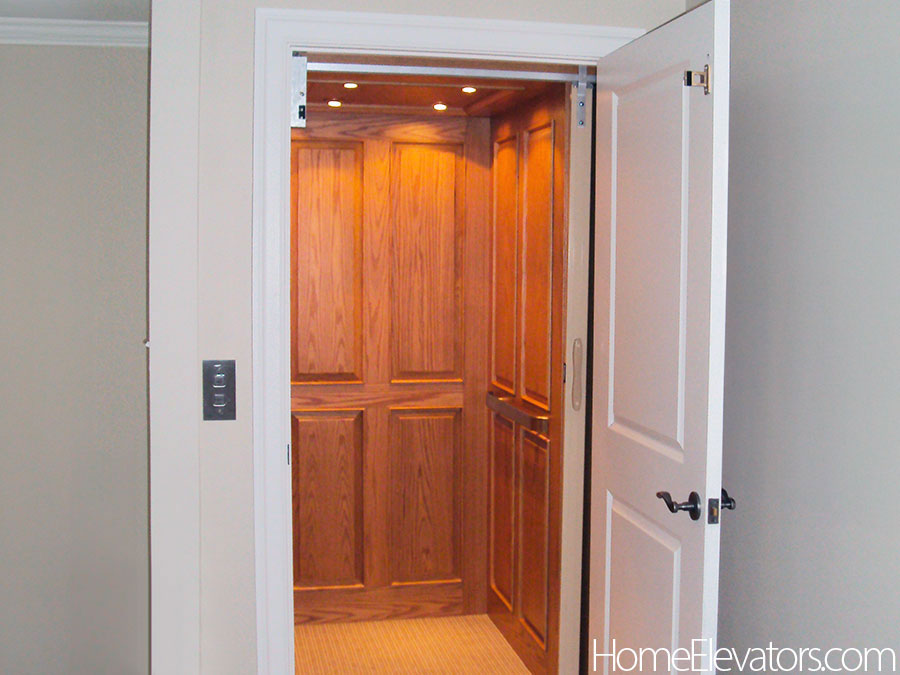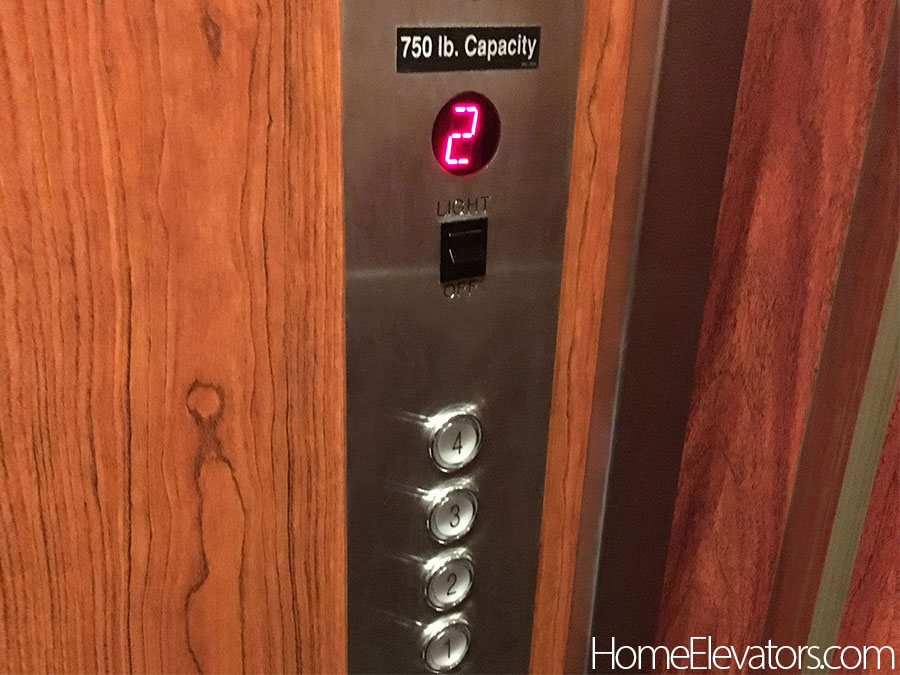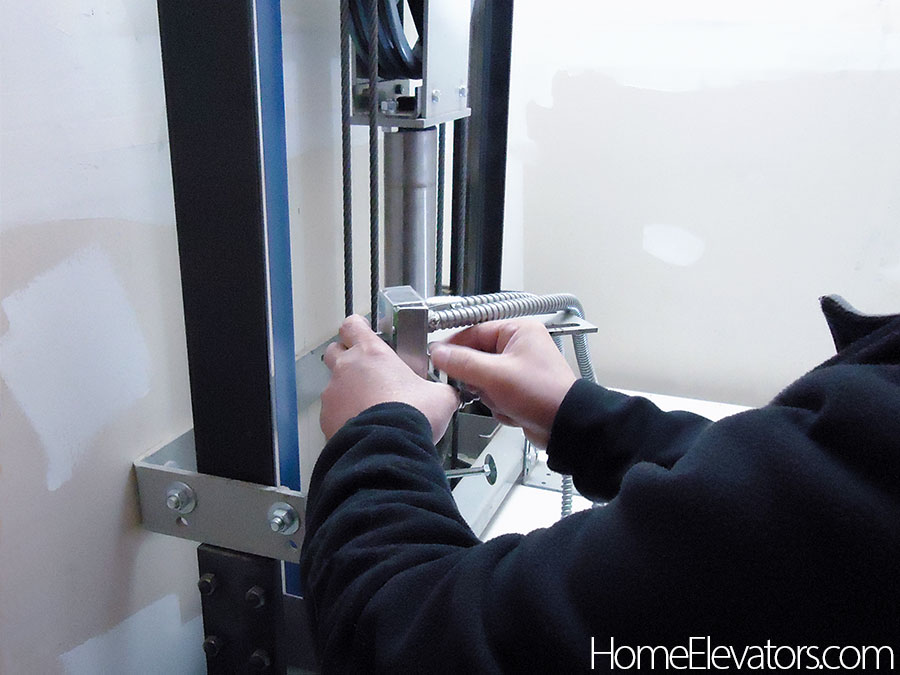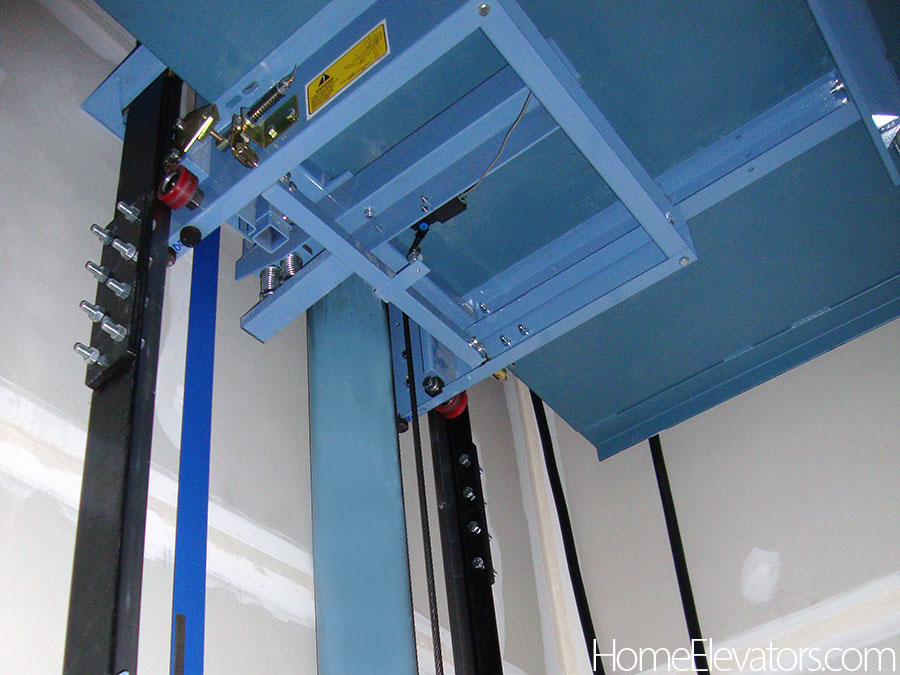While home elevators are safe, it is important to take appropriate measures to reduce the risks of accidents and injuries. Following safety procedures can help ensure that your elevator remains a reliable and safe means of transportation within your home. Here are the top safety tips for home elevators.
Attention to doors
After you’re done using the elevator, close the cab gate and landing door. Never try to hold open or force open the doors of the elevator. This can be dangerous and may cause the elevator to malfunction. The landing doors should automatically lock if the elevator is not on the floor or level with the landing. Always stand clear of the doors making sure that your body, clothing, and any objects you are carrying are clear of the elevator doors before they close. Don’t open the cab gate while the elevator is moving.

Don’t exceed the weight limit
Every elevator is designed and engineered for a maximum weight capacity, for residential models, this is typically between 750 -1000 lbs. The weight capacity should be labeled above the control panel on the interior of the cab. This information can also be found in your user manual. Exceeding this limit can cause the elevator to stop or shut off completely if a sensor is activated. Avoid crowding the elevator with too many people or items that may cause it to exceed its maximum weight capacity.

Keep children supervised
Children should never be allowed to use the elevator without adult supervision. Also, ensure they do not play around the elevator landing entrance, doors, or cab.
Do not jump in the elevator
Jumping inside the elevator can cause it to malfunction. Jumping releases and then reloads tension on the suspension cables. This can be problematic while the elevator is parked at a landing and even more so while traveling between floors.
Stuck between floors
If you get stuck in a home elevator, the first thing to do is to remain calm. Remember that home elevators are designed with safety features that will keep you secure until help arrives. Call for help and let someone know that you are stuck in the elevator. Don’t try to exit the elevator while it’s between landings this is dangerous and can cause injury. Wait patiently for help to arrive, elevator service technicians or emergency services will respond quickly to help you.
Check the cab phone
Periodically check the emergency phone for a dial tone and make a test call. If there isn’t a phone, you’ll want to install a phone inside the elevator so that you can call for help in case of an emergency. It’s also a good idea to have the contact information for the service company posted on the phone cabinet or cab operating panel.
Leave repairs to the professionals
Do not attempt to repair an elevator yourself. Elevators are complex devices that require specialized knowledge and training to properly diagnose and repair any issues that may arise. If you notice any issues with the elevator, such as strange noises or malfunctioning, contact a professional technician immediately.

Lighting is important
The cab interior and area around the entrance to the elevator should be well-lit. Automatic lighting at the landings and in the cab interior is particularly helpful if the elevator is used at night. The cab lighting can also be wired into the control system to turn on when the door is opened. It’s also a good idea to have the emergency lighting system tested annually.

Cleaning
Keep the elevator cab clean and regularly check the interior to ensure that there are no obstacles that could cause accidents. Also, keeping the cab gate sill track clean can prevent problems with the gate jamming or stopping too early.
Don’t enter these areas
Never enter the shaftway. This area should only be accessed by professional technicians. An elevator car frame and cab can weigh upwards of a 1000 lbs. Entering a shaftway below or above the elevator is dangerous. Elevators are not DIY projects.

Regular maintenance and testing
Maintain and test the elevator regularly. Test the elevator regularly to ensure that it is in good working condition and up to date with current code requirements. If you notice any issues, contact a professional technician immediately.
